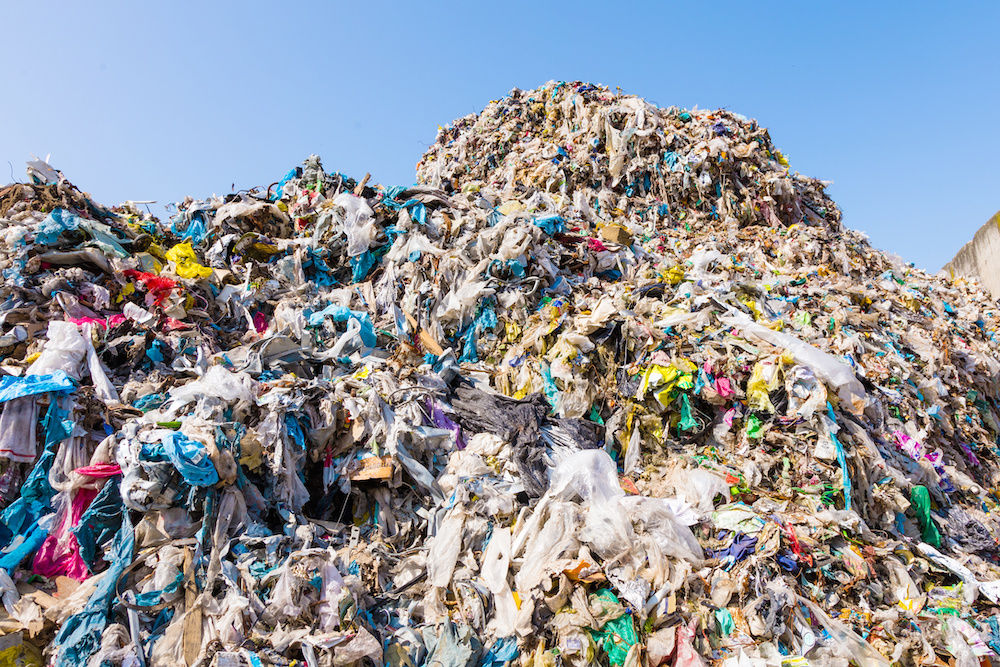In 2023, the global impact organization Circle Economy reported a striking figure: only 7.2% of the global economy operates on a circular model1. While the concept of a circular economy is gaining traction worldwide, our society remains predominantly reliant on a linear economic system. But what exactly is a linear economy, and why is it imperative to transition away from it?
Defining the Linear Economy
A linear economy follows a “take-make-use-waste” model, where raw materials are extracted, processed into products, consumed, and eventually discarded. This economic framework has dominated industrial practices since the onset of the Industrial Revolution in the late 18th century.
Why Is a Linear Economy Problematic?
A linear economy operates under the false assumption that resources—such as raw materials, land, and water—are limitless. It also assumes that waste can be disposed of indefinitely, making the model unsustainable and environmentally harmful.
- Resource Depletion: More than 100 billion tonnes of virgin materials are extracted from the Earth annually1. In just 15 years, between 2000 and 2015, the amount of materials extracted from the Earth exceeded half of the total extracted over the entire 20th century, according to a 2022 World Bank report. The report further estimates that the worldwide demand for virgin materials will increase by at least twofold by 20502.
- Fossil Fuel Dependence: Global fossil fuel consumption (including gas, oil, and coal) has risen exponentially since the 1950s, increasing from 20,139 TWh in 1950 to 136,018 TWh in 20213.
- Land and Ocean Degradation: Human activities have significantly altered 75% of the Earth’s land surface and approximately 66% of the marine environment4.
- Water Scarcity: More than 2 billion people live in countries facing high water stress, while nearly 4 billion experience severe water scarcity for at least one month each year. Despite these challenges, global water demand is projected to rise by 20–30% by 2050, driven primarily by increasing demand in the industrial and domestic sectors5.
- Biodiversity Loss: The extraction and processing of natural resources account for over 90% of biodiversity loss6.
- Pollution: In 2019, only 0.18% of the global land area and 0.001% of the world’s population were exposed to fine particulate matter (PM2.5) concentrations below 5 μg/m³, the safe limit set by the World Health Organization7.
- Waste Generation: In 2020, global municipal solid waste generation was projected to reach approximately 2.24 billion tonnes, with an estimated 1.86 billion tonnes classified as residual waste—non-recyclable waste that may end up in landfills, be incinerated, or disposed of by other means. By 2050, annual waste generation is expected to rise to 3.88 billion tonnes8.
The Need for a Circular Transition
The alternative to a linear economy is a circular economy, which extends product lifespans, maximizes resource efficiency, reduces waste, and minimizes unnecessary manufacturing. While this approach is gaining recognition across various industries, including solar energy, transitioning from a linear to a circular model requires a fundamental shift in how we design, produce, and consume goods. Explore our articles to learn more about the circular economy and its potential to enhance sustainability in the solar energy industry.
References
- Circle Economy, “The Circularity Gap Report 2023,” 2023. Accessed: Apr. 20, 2023. [Online]. Available: https://www.circularity-gap.world/2023 ↩︎
- International Bank for Reconstruction and Development / The World Bank, “Squaring the Circle: Policies from Europe’s Circular Economy Transition,” 2022. Accessed: May 01, 2023. [Online]. Available: https://www.worldbank.org/en/region/eca/publication/squaring-circle-europe-circular-economy-transition ↩︎
- H. Ritchie, M. Roser, and P. Rosado, “Energy,” OurWorldInData.org, 2022. https://ourworldindata.org/energy (accessed May 02, 2023). ↩︎
- IPBES, “Global assessment report of the Intergovernmental Science-Policy Platform on Biodiversity and Ecosystem Services,” 2019. Accessed: Jun. 02, 2023. [Online]. Available: https://www.ipbes.net/global-assessment ↩︎
- WWAP (UNESCO World Water Assessment Programme), “Leaving no one behind : the United Nations World Water Development Report 2019,” 2019. Accessed: May 01, 2023. [Online]. Available: https://www.unesco.org/en/wwap/wwdr/2019?TSPD_101_R0=080713870fab2000cff5039e667b8323f930df26d2fe3bc9a6a564100bd284dbe0ac624d8c60082a08cc740440143000f3b618dc1962954aa2335d8d46c6821db445b380c9441a65a991791743a397b305b5b780bb02c878740f3ba3e5549ebd ↩︎
- The Ellen MacArthur Foundation, “The Nature Imperative: How the circular economy tackles biodiversity loss,” 2021. Accessed: May 01, 2023. [Online]. Available: https://ellenmacarthurfoundation.org/biodiversity-report ↩︎
- W. Yu et al., “Global estimates of daily ambient fine particulate matter concentrations and unequal spatiotemporal distribution of population exposure: a machine learning modelling study,” The Lancet Planet Health, vol. 7, Mar. 2023, Accessed: May 02, 2023. [Online]. Available: https://www.thelancet.com/journals/lanplh/article/PIIS2542-5196(23)00008-6/fulltext ↩︎
- S. Kaza, S. Shrikanth, and S. Chaudhary, “More Growth, Less Garbage,” Washington, DC, 2021. Accessed: May 02, 2023. [Online]. Available: https://openknowledge.worldbank.org/entities/publication/ba7feea4-0abe-59fb-bc60-ce6b60eb1ceb ↩︎

